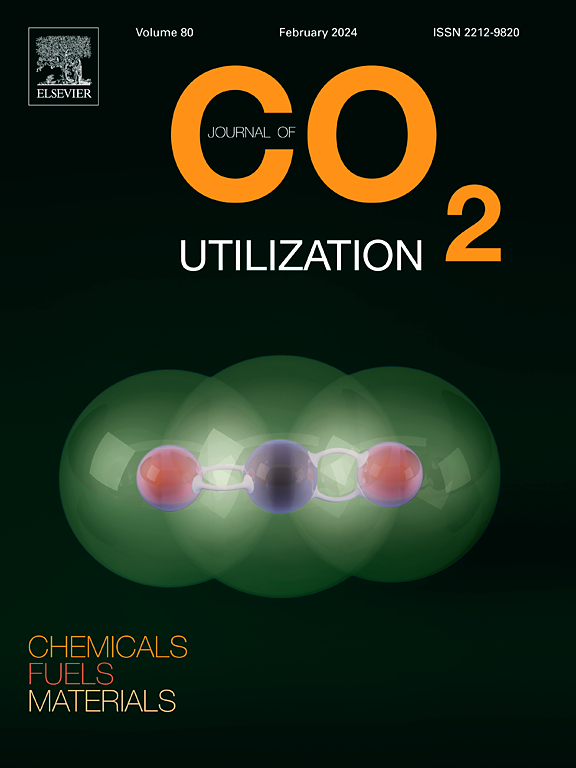底灰的CO2矿化和垃圾发电厂的脱碳
IF 8.4
2区 工程技术
Q1 CHEMISTRY, MULTIDISCIPLINARY
引用次数: 0
摘要
在巴黎气候变化协议之后,二氧化碳排放大国的排放成为人们特别关注的焦点。法国每焚烧一公斤城市固体废物(MSW),平均排放的化石二氧化碳为0.4 公斤,废物发电(WtE)工厂的底灰(BA)残留物是通过矿化减少二氧化碳的可能候选物,可将底灰作为捕获二氧化碳和生产替代建筑材料的原料。从里昂郊区运营的WtE工厂收集的BA样品在浆液或湿度控制条件下碳化。结果表明,在环境条件下,每吨- 100 μm的BA在30-120 min内可捕获35 kg的CO2。水预洗阶段是必要的,以防止在碳化过程中由铝氧化产生H2,并去除建筑材料中不需要的氯化物和硫酸盐。虽然有人认为,二氧化碳矿化对减轻WtE设施的二氧化碳排放的兴趣有限,但对WtE工厂和水泥厂相关联的生产系统的保守分析表明,这种联合生产系统的净碳足迹可以通过增加矿化过程减少15% %。本文章由计算机程序翻译,如有差异,请以英文原文为准。
CO2 mineralization of bottom ash and decarbonation of waste-to-energy plants
Following the Paris agreements on climate change, CO2 emissions from large emitters have become the focus of particular attention. With a national average of 0.4 kg of fossil CO2 emitted per kg of Municipal Solid Waste (MSW) incinerated, bottom ash (BA) residues from waste-to-energy (WtE) plants in France are possible candidates for CO2 mitigation by mineralization, considering BA as feedstock for CO2 capture and production of alternative construction materials.
BA samples collected from an operating WtE plant in the suburb of Lyon were carbonated under slurry or humidity-controlled conditions. It was found that 35 kg of CO2 could be captured per tonne of minus 100 μm ground BA in 30–120 min at ambient conditions. A water pre-washing stage was necessary to prevent the production of H2 by oxidation of Al metal during carbonation and removed chlorides and sulfates that are undesirable in construction materials.
While it is argued that CO2 mineralization is of limited interest for mitigating the CO2 emissions of WtE facilities, a conservative analysis of a production system that associates a WtE plant and a cement plant reveals that the net carbon footprint of such a combined production system could be reduced by 15 % with an added mineralization process.
求助全文
通过发布文献求助,成功后即可免费获取论文全文。
去求助
来源期刊

Journal of CO2 Utilization
CHEMISTRY, MULTIDISCIPLINARY-ENGINEERING, CHEMICAL
CiteScore
13.90
自引率
10.40%
发文量
406
审稿时长
2.8 months
期刊介绍:
The Journal of CO2 Utilization offers a single, multi-disciplinary, scholarly platform for the exchange of novel research in the field of CO2 re-use for scientists and engineers in chemicals, fuels and materials.
The emphasis is on the dissemination of leading-edge research from basic science to the development of new processes, technologies and applications.
The Journal of CO2 Utilization publishes original peer-reviewed research papers, reviews, and short communications, including experimental and theoretical work, and analytical models and simulations.
 求助内容:
求助内容: 应助结果提醒方式:
应助结果提醒方式:


